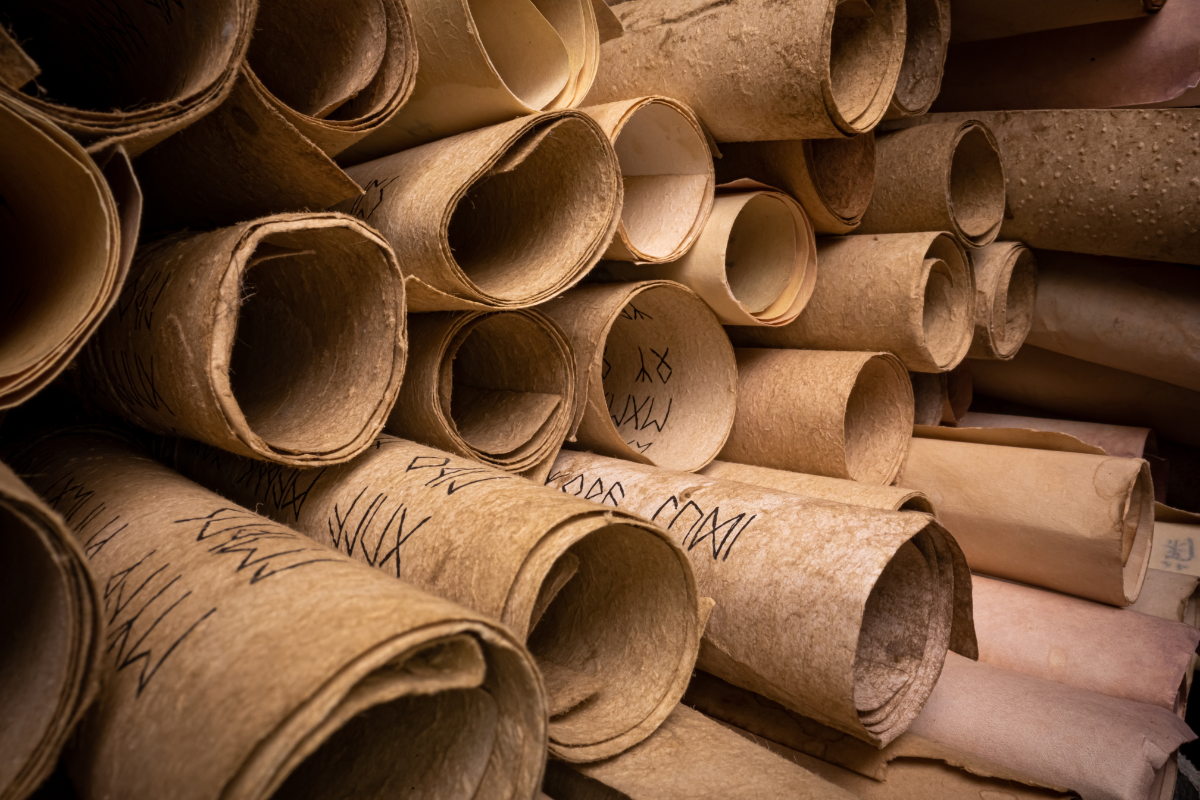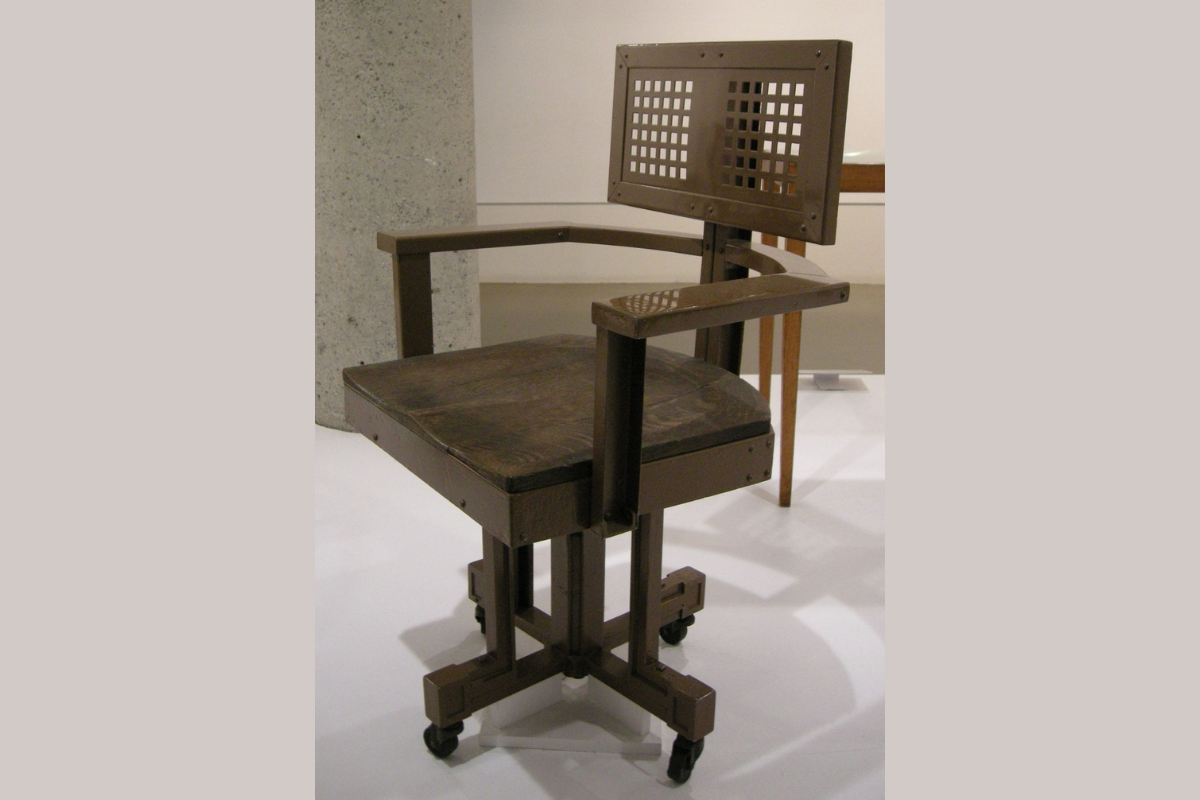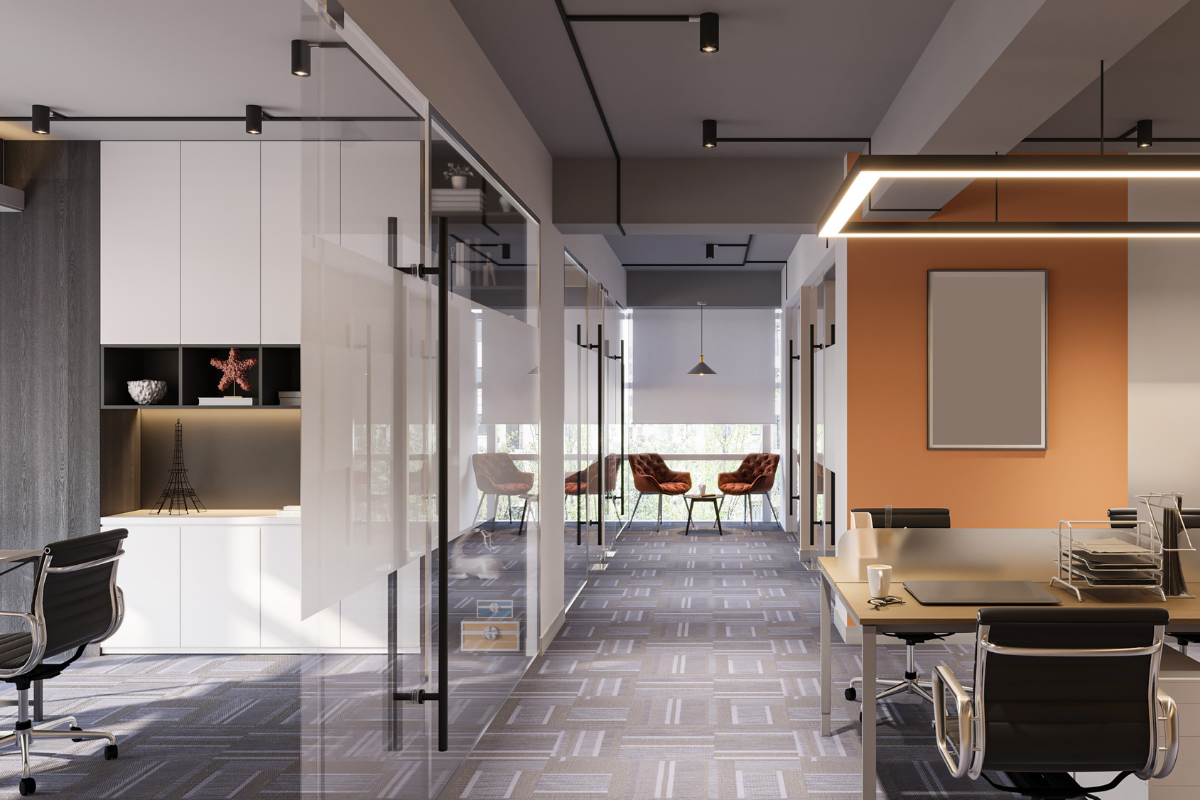
The Evolution of Office Furniture: From Basic to Bliss
Office furniture, part of our work environment has come a long way. Let’s take a trip down memory lane to see the amazing history of office furniture and how the earliest forms were nothing like the comfort and style we have today. This evolution has affected not just small businesses but also big corporate offices which have unique challenges in adapting to new furniture systems.

Introduction
The evolution of office design and furniture has been influenced by many factors including technological advancements, social and economic changes and worker’s needs. From the ancient Roman origin of the word “office” to the modern open plan offices of today, the concept of an office has undergone tremendous change. In this article we will explore the history of office design and furniture from the early days of office furniture to the modern technology enabled workspaces of today.
The Early Days of Office Furniture
The earliest recorded use of office furniture dates back to ancient Egypt where scribes used wooden planks to write on. In ancient Greece, modest moveable wooden furniture was used in domestic homes. But it wasn’t until the Industrial Revolution in late 18th and early 19th centuries that office furniture began to take shape. New manufacturing techniques led to mass production of office furniture, more variety in styles and shapes and introduction of new materials like steel and glass.
The Ancient Office: From Scrolls to Simple Seating
In the ancient world the concept of an office space was quite different from what we have today. The earliest “offices” were often communal spaces where scribes and administrators would gather to do bureaucratic work. Instead of sophisticated desks and chairs the primary tools were simple wooden tables and stools.
In ancient Egypt for example scribes would use wooden tables to unroll and work on papyrus scrolls, basic stools provided a place to sit. The emphasis was on functionality not comfort or aesthetics.

Medieval Manuscripts and the Birth of the Desk:
During the medieval period the need for more structured workspaces emerged with the rise of manuscript writing. Desks in the form of lecterns or slanted writing surfaces became more common. Monks and scholars used these desks to transcribe religious texts and other important documents. But these early desks were still basic, with no drawers or compartments like our modern office furniture. They were heavy immobile structures with no consideration for the user’s comfort.
The Renaissance and the Secretary:
The Renaissance period saw a big change in office furniture design. The introduction of the secretary desk was a departure from the big heavy structures of the past. Secretary desks had various compartments and drawers for a more organized workspace.
Despite these advances the secretary desk was a luxury item and only accessible to the elite. The majority of office workers continued to use basic tables and stools till 18th century.
The Industrial Revolution and the Birth of the Office Chair:
The Industrial Revolution brought about big changes in the workplace and led to the creation of larger offices and factories. With this came the need for more practical and comfortable office furniture.
Mid 19th century saw the introduction of the first true office chair designed by Charles Darwin’s cousin Francis Darwin. This early office chair had casters for mobility and a swivel mechanism setting the stage for the ergonomic office chairs we use today.

20th Century Innovations: Steel, Plywood and Ergonomics:
20th century saw a surge in innovation and widespread adoption of new materials. Steel desks became popular for their durability and functionality, plywood allowed for more dynamic and modern designs.
Mid 20th century was a turning point with the introduction of ergonomic principles in office furniture design. Designers like Charles and Ray Eames embraced ergonomics and paved the way for the comfortable and stylish office furniture we see in modern offices today.
The Modern Office
The modern office as we know it today began to take shape in early 20th century. Office furniture at this time was space saving and functional partly due to the influence of mechanical engineer Frank Taylor. Open plan offices continued to be a feature of new office buildings throughout 20th century but typically alongside private offices for managers and those who needed to concentrate for long periods. The introduction of telephone and typewriter further transformed the office landscape making communication and documentation more efficient.
The Birth of Modern Office Furniture
Mid 20th century saw the birth of modern office furniture with designs featuring space saving and thin metal legs. Typewriters became more prevalent and mainframe digital computers started to be available to big companies. 1960s saw the introduction of Action Office a revolutionary concept to create a more flexible and collaborative work environment. Action Office II by Herman Miller introduced the office cubicle also known as cube farm. Since then the office environment has slowly changed into open plan offices, which has changed the workplace culture.

Office Space and Productivity
Office space design matters. Research has shown that well designed office spaces increase employee satisfaction, engagement and productivity. Modern office furniture like sit-stand desks and open plan offices foster collaboration and creativity among employees. Cable management systems and modular furniture can improve the overall look and functionality of the office space. Johnson Wax Building by Frank Lloyd Wright is a great example of a well designed office space that promotes productivity and collaboration.
Conclusion:
Commercial furniture has a long history and it’s fun to see how far we’ve come. We’re not in ancient times so do yourself a favour and get modern office furniture! Simplova is a commercial furniture supplier based out of Edmonton, Alberta, Canada and can help you with all your office furniture needs!


